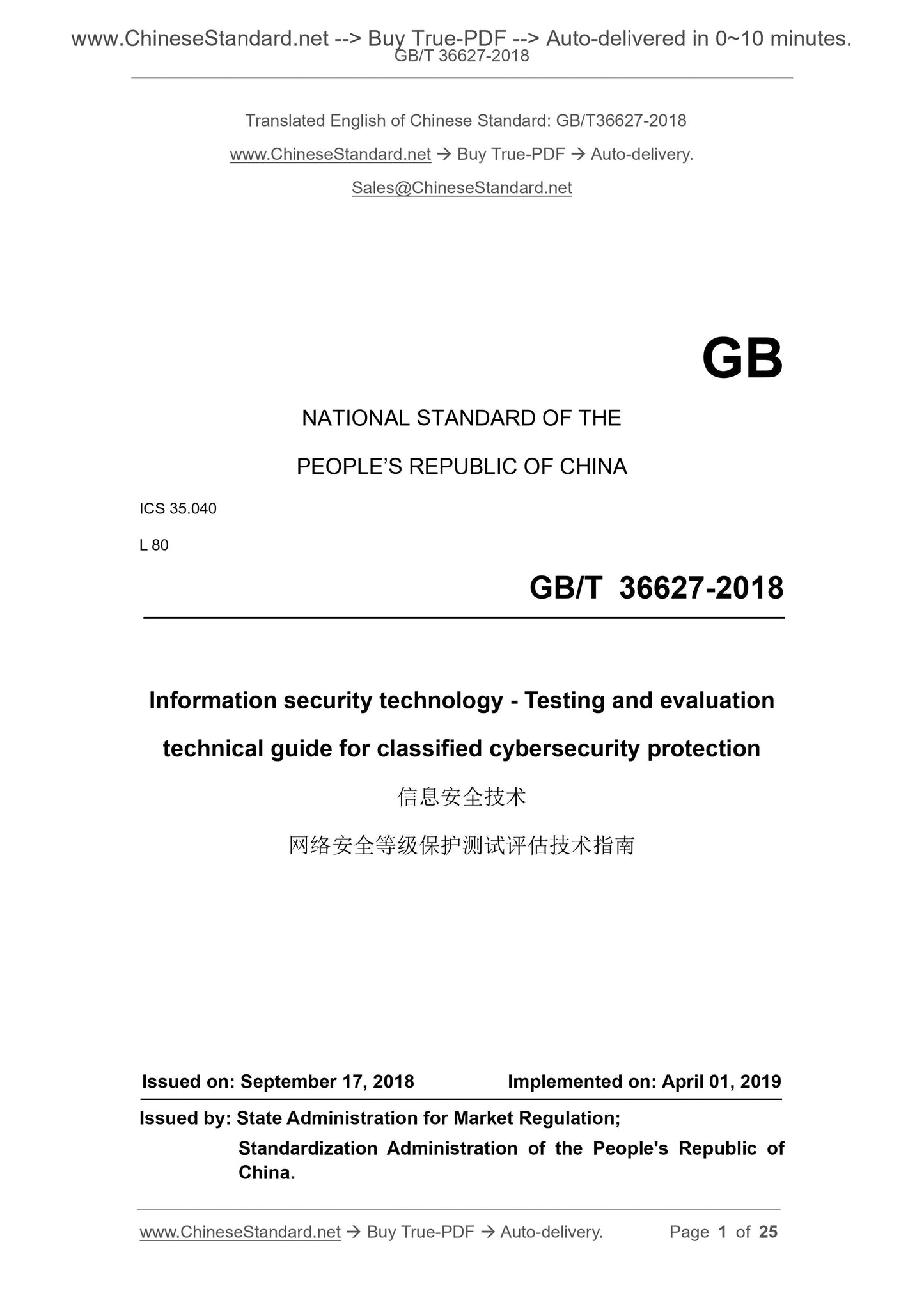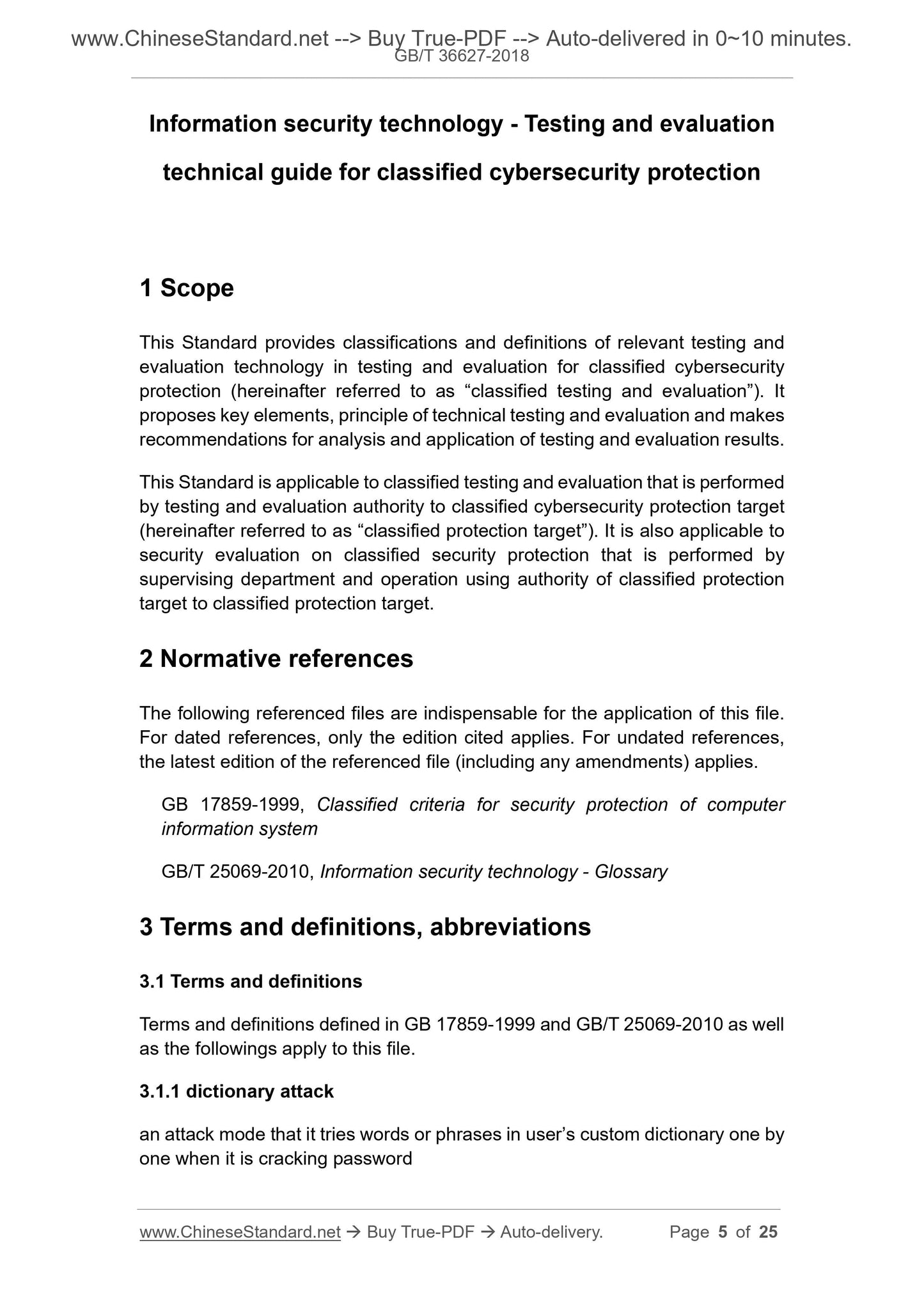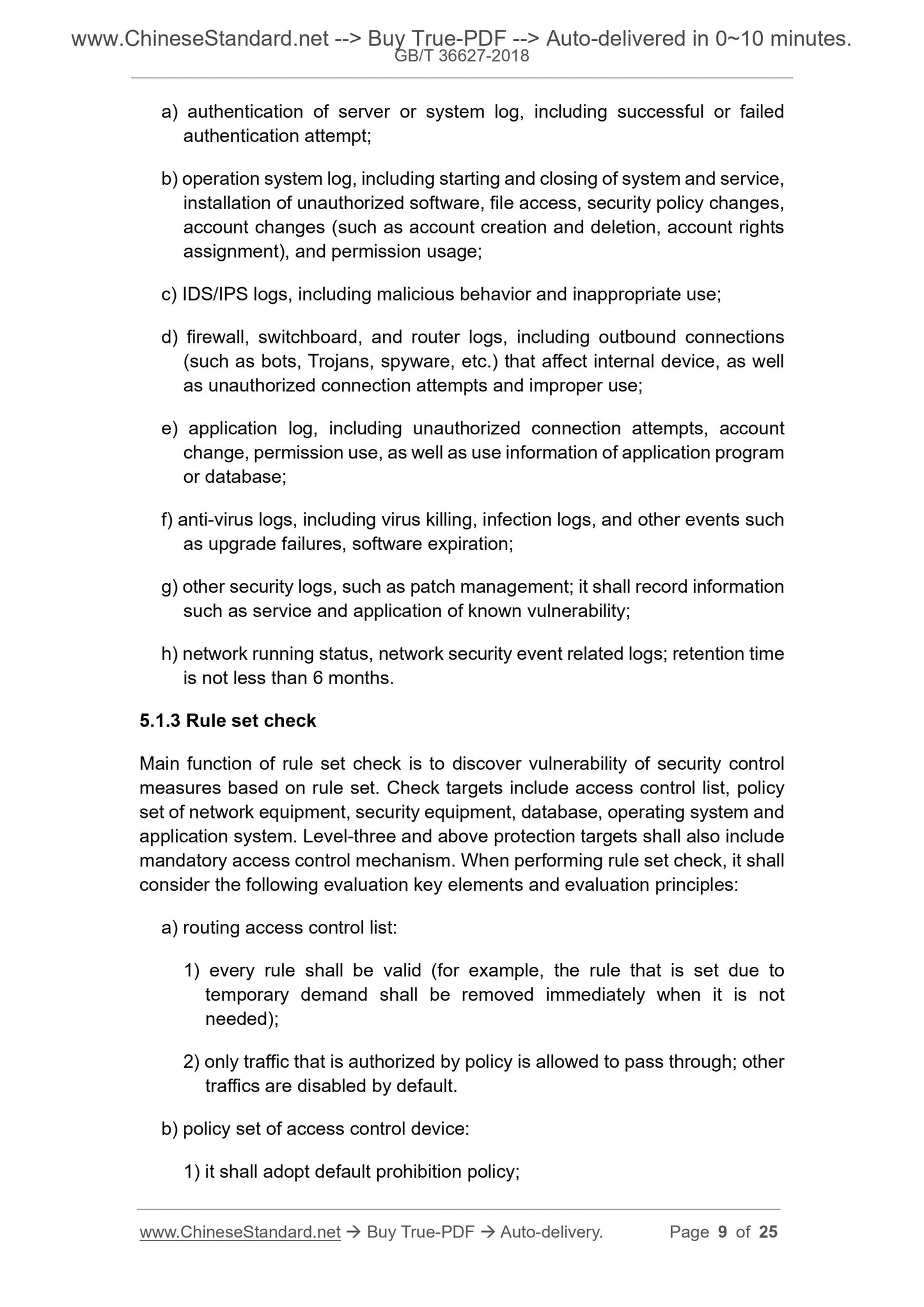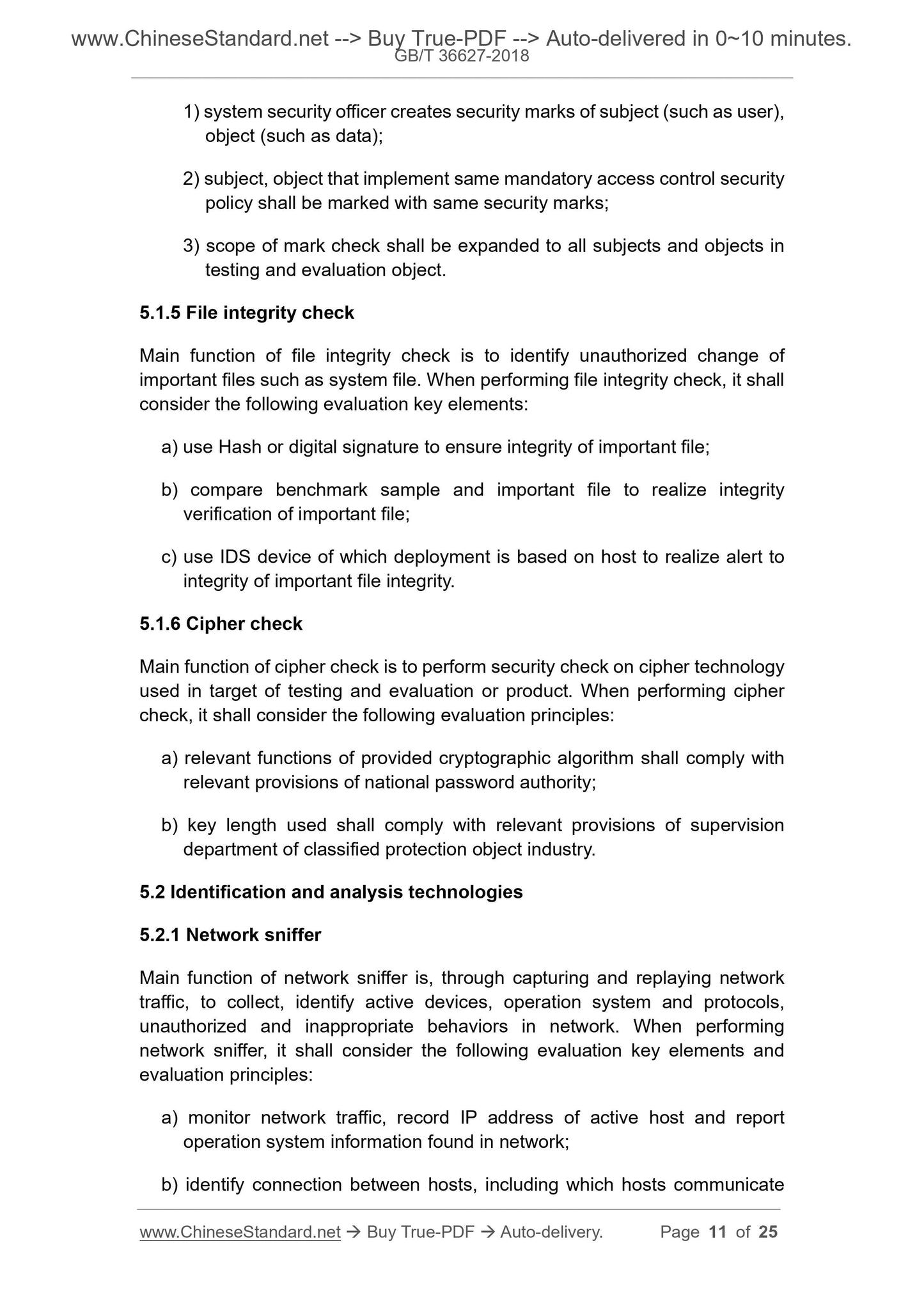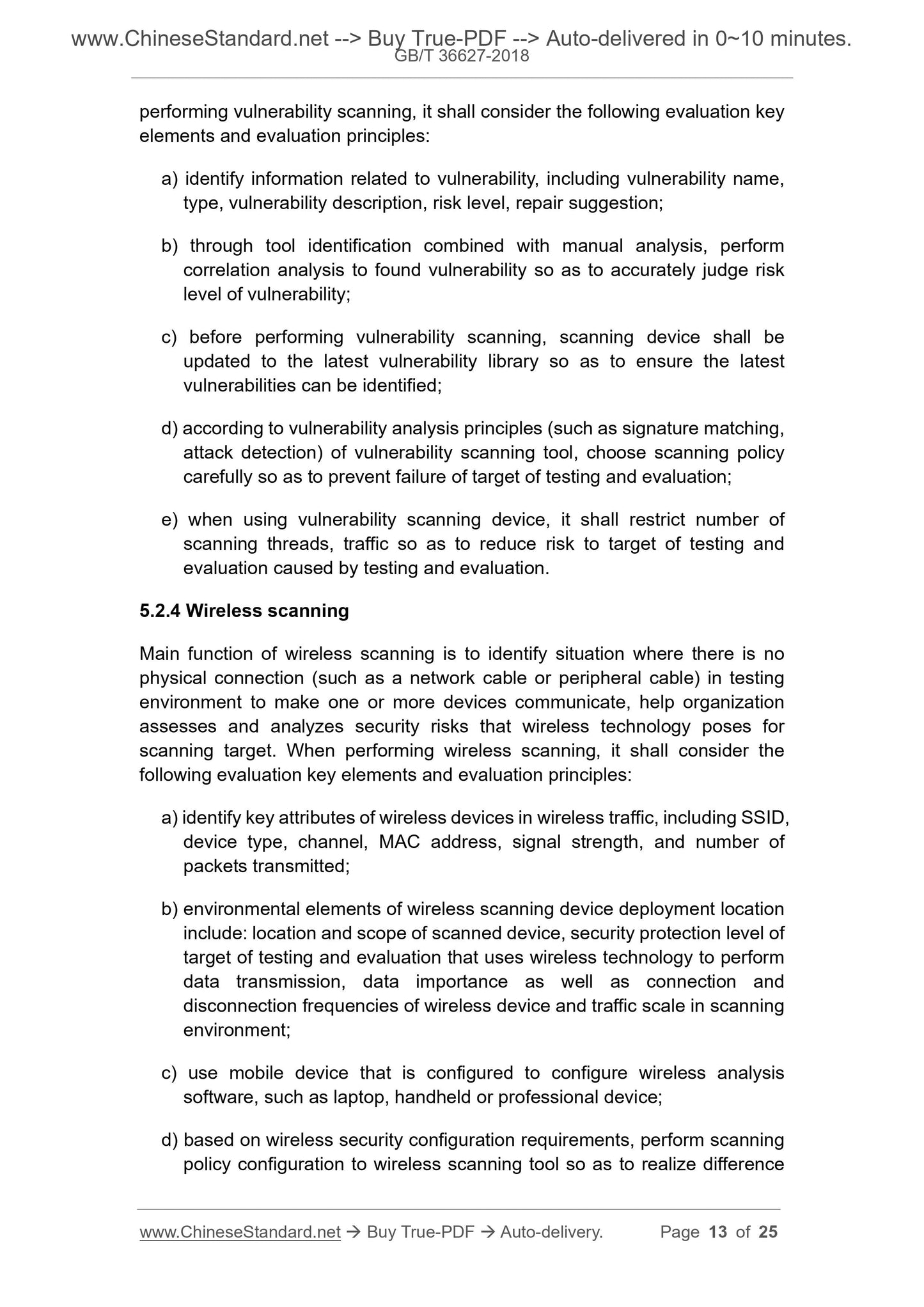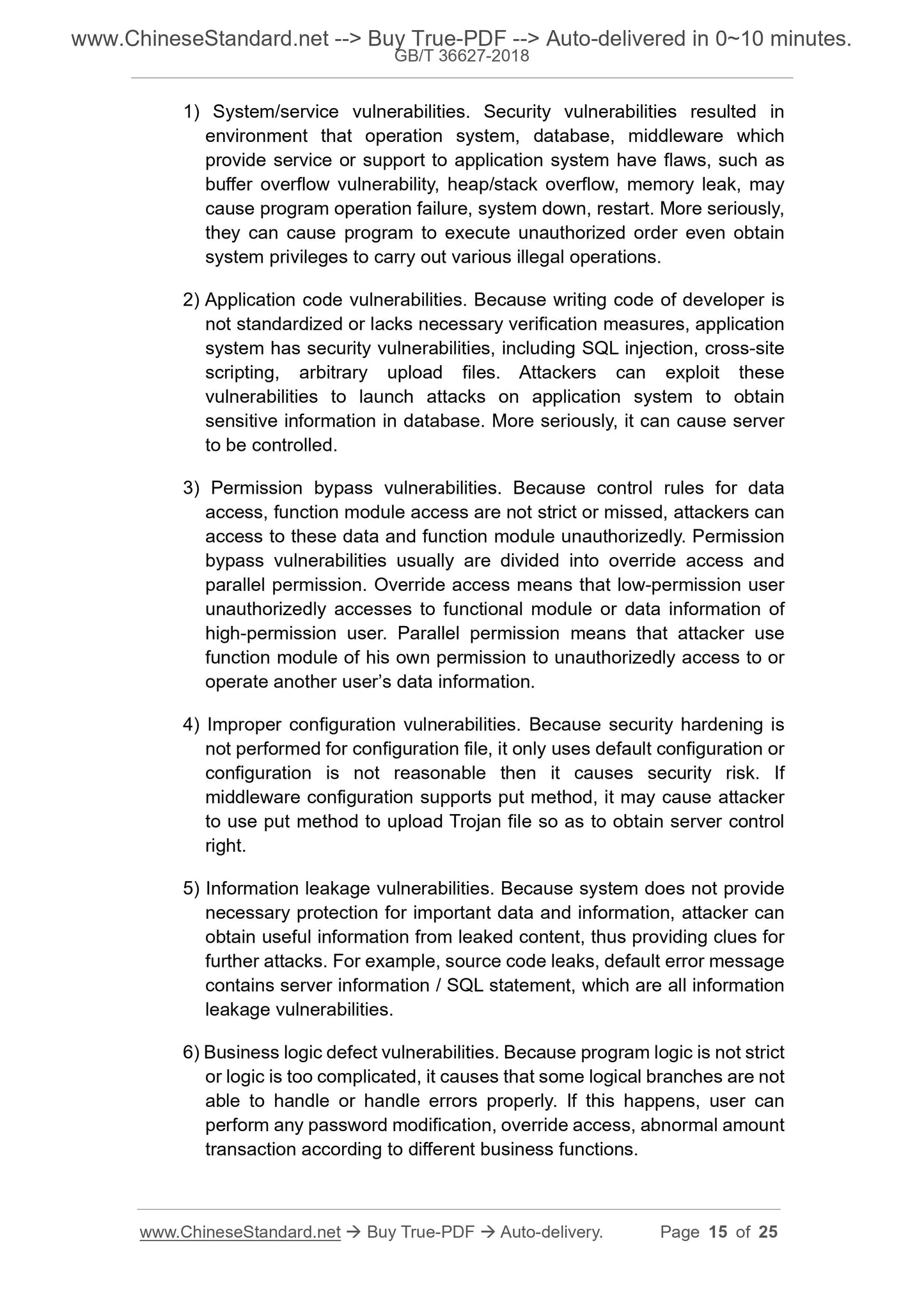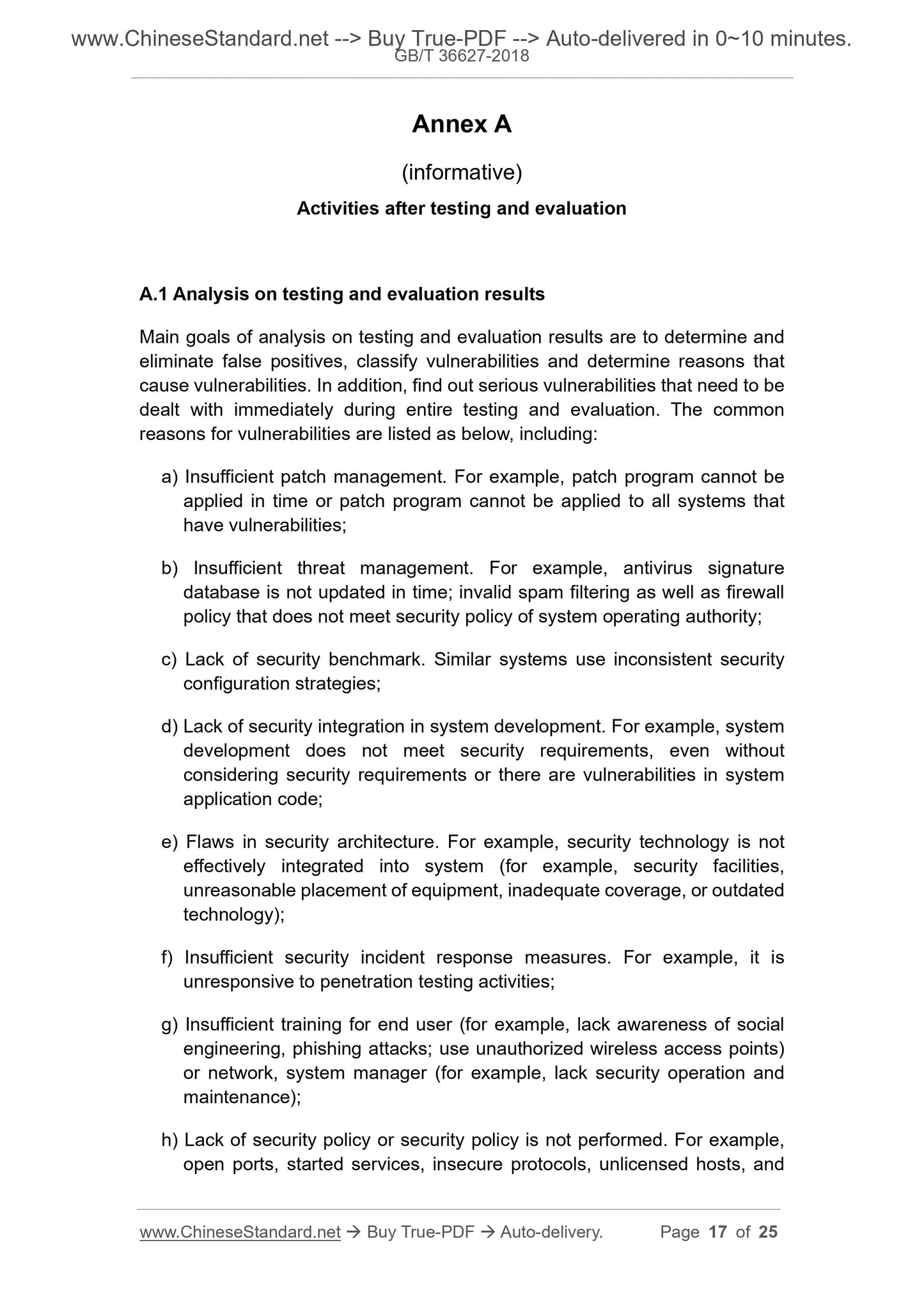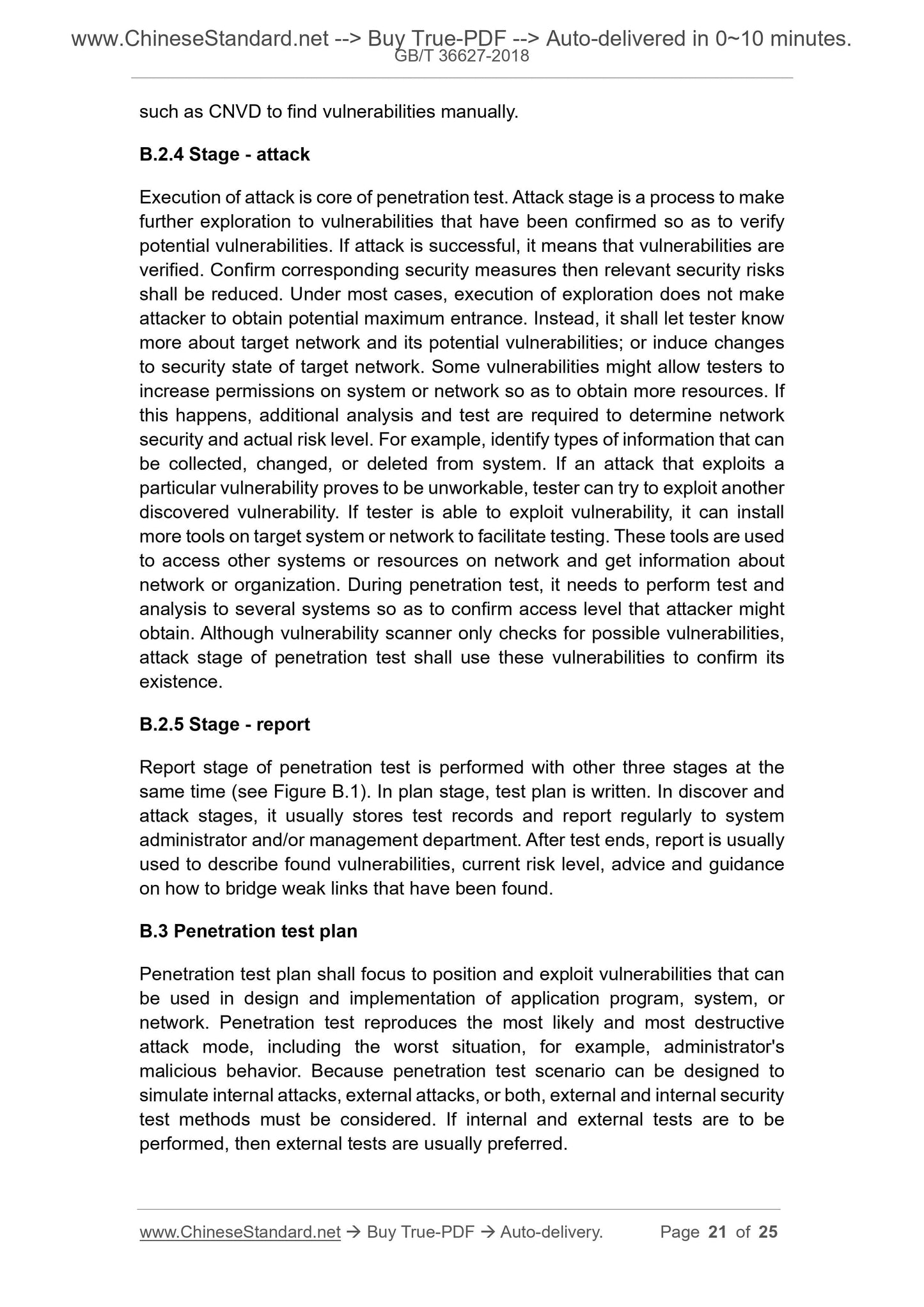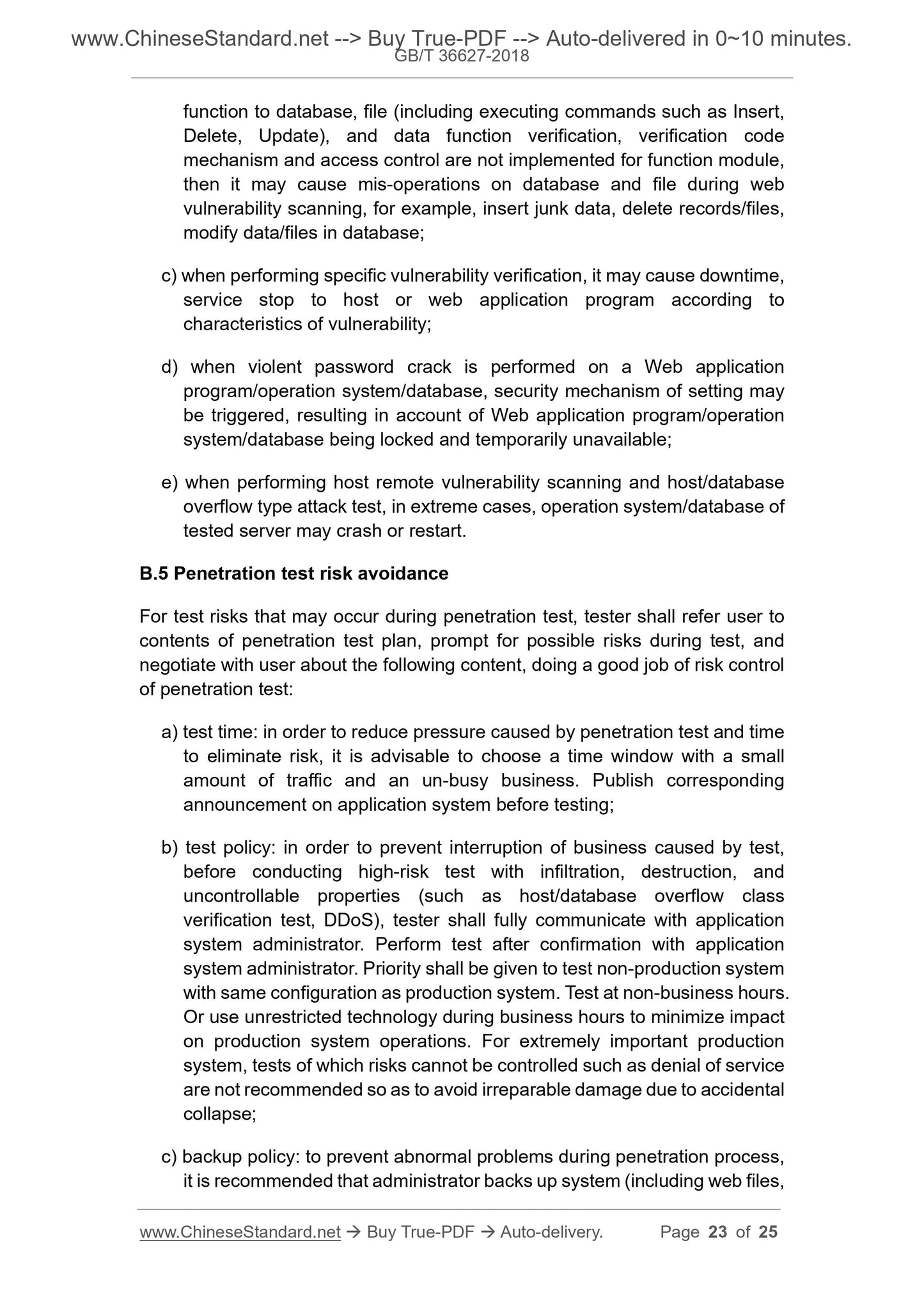1
/
of
12
www.ChineseStandard.us -- Field Test Asia Pte. Ltd.
GB/T 36627-2018 English PDF (GB/T36627-2018)
GB/T 36627-2018 English PDF (GB/T36627-2018)
Regular price
$255.00
Regular price
Sale price
$255.00
Unit price
/
per
Shipping calculated at checkout.
Couldn't load pickup availability
GB/T 36627-2018: Information security technology - Testing and evaluation technical guide for classified cybersecurity protection
Delivery: 9 seconds. Download (and Email) true-PDF + Invoice.Get Quotation: Click GB/T 36627-2018 (Self-service in 1-minute)
Newer / historical versions: GB/T 36627-2018
Preview True-PDF
Scope
This Standard provides classifications and definitions of relevant testing andevaluation technology in testing and evaluation for classified cybersecurity
protection (hereinafter referred to as “classified testing and evaluation”). It
proposes key elements, principle of technical testing and evaluation and makes
recommendations for analysis and application of testing and evaluation results.
This Standard is applicable to classified testing and evaluation that is performed
by testing and evaluation authority to classified cybersecurity protection target
(hereinafter referred to as “classified protection target”). It is also applicable to
security evaluation on classified security protection that is performed by
supervising department and operation using authority of classified protection
target to classified protection target.
Basic Data
| Standard ID | GB/T 36627-2018 (GB/T36627-2018) |
| Description (Translated English) | Information security technology - Testing and evaluation technical guide for classified cybersecurity protection |
| Sector / Industry | National Standard (Recommended) |
| Classification of Chinese Standard | L80 |
| Classification of International Standard | 35.040 |
| Word Count Estimation | 18,128 |
| Date of Issue | 2018-09-17 |
| Date of Implementation | 2019-04-01 |
| Issuing agency(ies) | State Administration for Market Regulation, China National Standardization Administration |
Share
